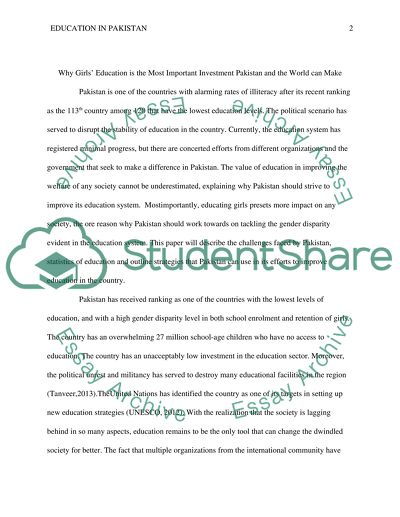Cite this document
(“Why girls education is the most important investment Pakistan and the Essay”, n.d.)
Why girls education is the most important investment Pakistan and the Essay. Retrieved from https://studentshare.org/education/1490228-why-girls-education-is-the-most-important
Why girls education is the most important investment Pakistan and the Essay. Retrieved from https://studentshare.org/education/1490228-why-girls-education-is-the-most-important
(Why Girls Education Is the Most Important Investment Pakistan and the Essay)
Why Girls Education Is the Most Important Investment Pakistan and the Essay. https://studentshare.org/education/1490228-why-girls-education-is-the-most-important.
Why Girls Education Is the Most Important Investment Pakistan and the Essay. https://studentshare.org/education/1490228-why-girls-education-is-the-most-important.
“Why Girls Education Is the Most Important Investment Pakistan and the Essay”, n.d. https://studentshare.org/education/1490228-why-girls-education-is-the-most-important.


